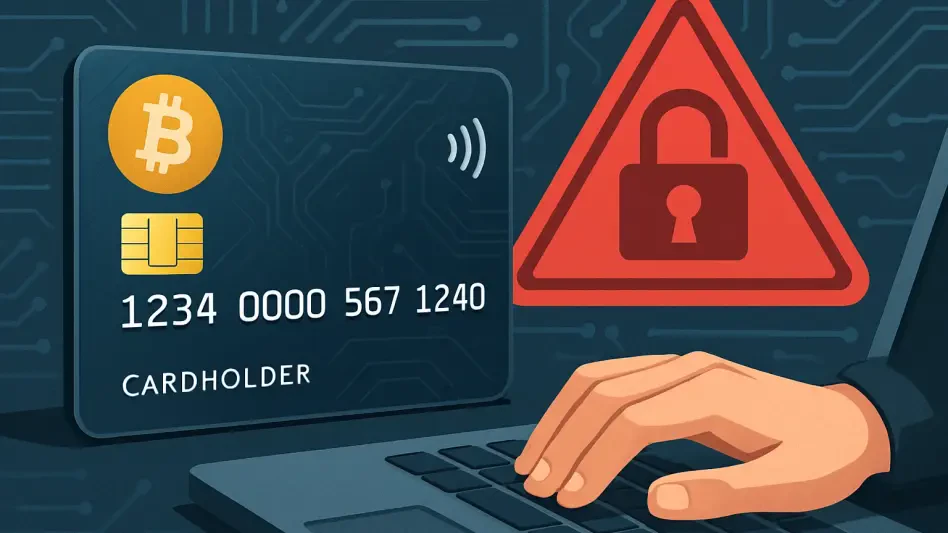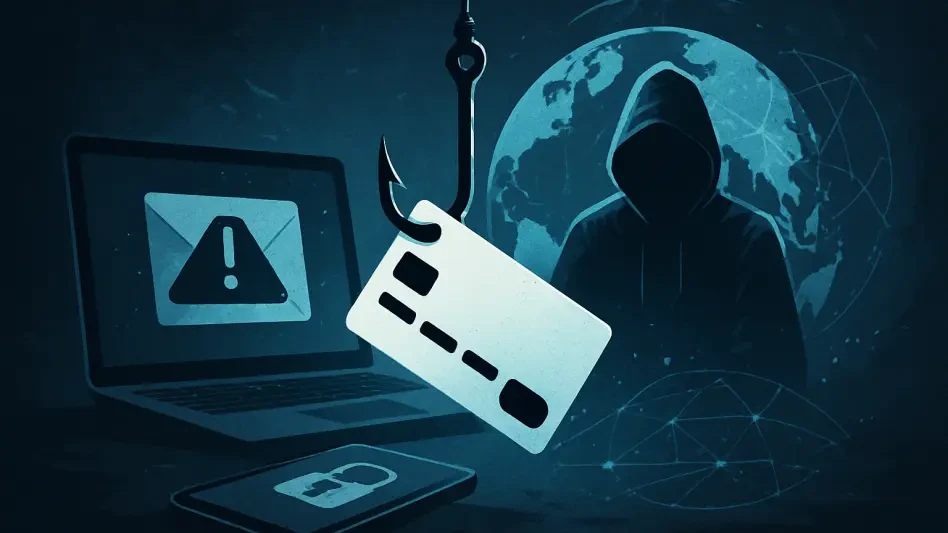In the rapidly evolving world of cryptocurrency security, a startling revelation has emerged that could jeopardize the safety of countless digital assets stored on hardware wallets. A prominent player in the crypto security space has uncovered a significant vulnerability in a widely used crypto card, raising serious concerns about the adequacy of current protective measures. This flaw, which enables attackers to bypass critical security delays through a sophisticated brute-force method, underscores the fragile balance between user convenience and robust protection. With the potential to crack passwords at an unprecedented rate, this issue serves as a wake-up call for users and manufacturers alike to reevaluate the strength of existing safeguards. The following discussion delves into the technical intricacies of this vulnerability, its implications for users, and the broader challenges facing hardware wallet security in today’s digital landscape.
Uncovering the Security Vulnerability
Technical Breakdown of the Flaw
A detailed investigation by a leading security team has revealed a critical weakness in the design of certain crypto cards that compromises their ability to deter unauthorized access. The affected cards are engineered with a security feature that imposes a delay—up to 45 seconds—after each failed password attempt, a mechanism intended to thwart brute-force attacks by making repeated guesses impractical. However, researchers discovered a method known as a tearing attack, which involves interrupting the card’s power supply during a precise microsecond window. This disruption prevents the failure counter from updating, effectively nullifying the delay. As a result, attackers can attempt around 2.5 passwords per second, a rate over 100 times faster than the intended limit. This alarming speed transforms what should be a secure barrier into a mere inconvenience for determined malicious actors equipped with relatively affordable tools costing under $5,000.
Exploiting Additional Weaknesses
Beyond the primary flaw, further analysis exposed additional vulnerabilities that compound the risk for users of these crypto cards. Attackers can analyze electromagnetic emissions from the card’s chip to determine whether a password guess is correct, bypassing the delay mechanism entirely. Moreover, the encryption used for secure data exchanges derives its key directly from the user’s password, meaning that breaking the encryption is as straightforward as cracking the password itself. This interconnected fragility significantly undermines the overall security architecture. The ease with which these exploits can be executed—requiring only physical access to the card and minimal technical investment—highlights a pressing need for enhanced protective measures. Such findings emphasize that even secondary security features must be rigorously tested to prevent them from becoming points of failure in an otherwise fortified system.
Implications and Recommendations for Users
Risks for Users with Weak Passwords
The discovery of this security loophole carries profound implications, particularly for individuals who rely on weak or easily guessable passwords to secure their digital assets. For example, a simple 4-digit PIN, which might seem sufficient under normal conditions, can be cracked in under an hour using the identified tearing attack method, compared to several days without the exploit. Even passwords of moderate length, such as those with six or eight characters, remain at risk if they lack complexity, potentially being broken within days rather than years. This vulnerability underscores the critical danger of underestimating password strength in the face of advanced attack techniques. Users must recognize that the convenience of memorable passwords often comes at the expense of robust protection, leaving their cryptocurrency holdings exposed to theft by attackers with physical access to the hardware.
Strengthening Defenses in the Absence of a Fix
With no immediate patch available to address this hardware vulnerability, the burden of protection falls squarely on users to fortify their defenses through proactive measures. Experts strongly advocate for the adoption of strong passwords, recommending a minimum length of eight characters that incorporate a diverse mix of letters, numbers, and symbols to maximize resistance against brute-force attempts. This simple yet effective step can significantly extend the time required to crack a password, rendering attacks less feasible even with the identified exploit. Additionally, the broader crypto community is urged to remain vigilant and stay informed about emerging threats to hardware wallets. Until manufacturers develop and deploy comprehensive updates to address such flaws, individual responsibility in maintaining stringent password practices remains the most reliable safeguard against potential breaches in security.
Reflecting on Broader Security Challenges
Balancing Convenience and Protection
The exposure of this critical flaw in crypto card security has prompted deeper reflection on the ongoing struggle to balance user convenience with unyielding protection in the realm of digital asset storage. Hardware wallets, designed to offer a secure offline solution for cryptocurrency, often incorporate features like password delays to deter attacks, yet this case reveals how such mechanisms can be circumvented with relatively accessible techniques. The tension between creating user-friendly devices and ensuring ironclad security continues to challenge manufacturers, as overly complex systems may deter adoption while overly simplistic ones invite exploitation. This incident serves as a stark reminder that every layer of a security framework must be meticulously engineered to withstand evolving threats, pushing the industry to rethink design priorities in favor of resilience over ease of use.
Future Steps for Hardware Wallet Security
Looking back, the uncovering of this vulnerability by a dedicated security team marked a pivotal moment in highlighting the urgent need for innovation in hardware wallet design. The absence of an immediate fix at the time underscored the importance of proactive user education on robust password practices as a temporary shield against such risks. Moving forward, manufacturers are encouraged to invest in redesigning security protocols to eliminate exploitable weaknesses like tearing attacks, while also exploring advanced encryption methods detached from user passwords. Collaborative efforts between security researchers and hardware developers are seen as essential to anticipate and neutralize future threats. Ultimately, this episode reinforces the necessity of continuous improvement and vigilance in the cryptocurrency space, ensuring that the tools safeguarding digital wealth evolve alongside the sophisticated tactics of potential adversaries.








